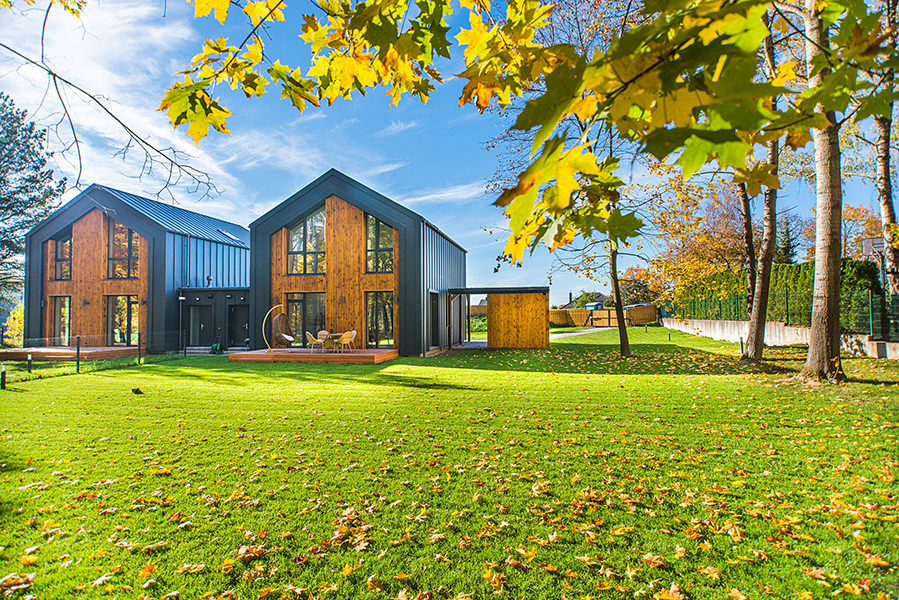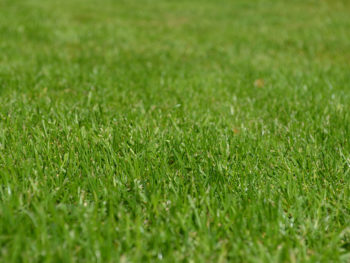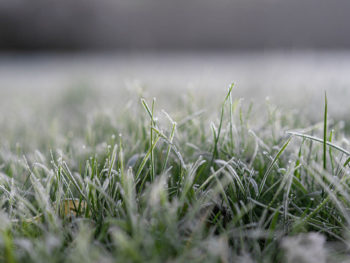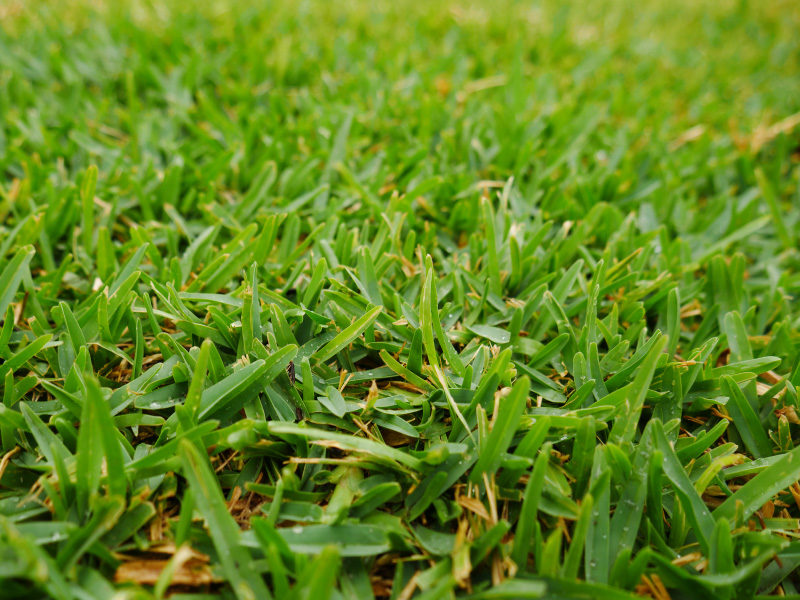If you’re establishing a new lawn or replacing an old one, it can be tempting to lay some new lawn strips whenever it’s convenient, and hope for the best. After all, you want your lawn to establish as quickly as possible so you can start enjoying it. But this may not be doing your lawn any favours. If fact, you may actually hamper your lawn’s progress by laying your turf at the wrong time. If you want good results, you need to consider the optimum time to install your turf.
The time of year you lay your turf will determine how long it will take for the grass to establish, how easily it will establish, the amount of maintenance needed, and how likely it is for the grass to be damaged by weather conditions. There are many factors to consider when choosing the best time to lay your new lawn – including your location, climate and weather conditions, the grass choice and the season.
Australia is a country with wide fluctuations in climate, and weather conditions can range from frosty sub-zero temperatures to scorching 40-degree-plus heatwaves. Each of these extremes can damage vulnerable newly-laid turf, so are best avoided. Laying turf during spring and autumn are your best bets, as the weather is more moderate. Choosing a consistently rainy spell during these seasons to lay your turf is also a good idea. As well, you’ll need to choose a time when you can minimise traffic on the lawn, so the grass has a chance to establish. A few weeks before your big outdoor party is probably not a good idea.
While these factors will give you the best chance of a good result, with a few seasonal modifications, it IS possible to successfully establish a lawn during any season in Australia. As a rule of thumb, you can generally lay your lawn when it’s going through an active growing period and the temperatures are moderate. If it’s not too hot and it’s not too cold, chances are your lawn will be okay.
Spring
Spring is hands down the best time to lay your new lawn, as the grass is coming out of hibernation and starts actively growing and establishing deep roots. This means that your lawn can establish quickly and well, and there’s less chance of damage from extreme weather conditions such as heat or frost. You won’t need to spend as much time on maintenance either, as the conditions are ideal. For best results, wait until the early, chilly days of spring are giving way to warmer conditions. This way, your lawn will be fully established and ready for use during the outdoor summer months.
Summer
If you really must lay a lawn during summer, pick your time. You can avoid the extremes of summer by laying turf right at the beginning or end of the season, or during milder spells. Your grass will still be actively growing during summer, but the heat can cause added stress on your newly established turf. Laying a lawn in summer will mean you’ll have to spend a lot more time on maintenance to help the lawn out – more watering to establish the roots and avoid damage, and more mowing. The hotter the weather, the more watering you’ll need to do to prevent your grass browning off. The grass should not be allowed to dry out while it’s establishing and will need to be kept moist at all times. During hot weather, use soil wetters to make the most of your watering and lay your turf one small section at a time. Keep in mind however, that if you live in very hot or dry regions, it’s probably best to avoid laying a lawn in summer. Water restrictions that often come into place during summer together with the huge demand for water make this an impractical choice.
Autumn
Also a good time to lay your lawn, Autumn should give your grass cooler temperatures to flourish in. You won’t need to water the lawn as often as in summer, and the grass won’t experience heat stress or sunburn. If you live in a colder region, make sure you install your lawn as early as possible during autumn, so it has a chance to properly establish before the cold of winter sets in. For warmer regions, such as Queensland or Western Australia, it’s not quite as urgent, but still a good idea to establish the lawn before the worst of winter sets in. The cooler your region is, the less time you have to successfully establish a lawn, so make sure you get in early or you may have to wait until spring.
Winter
While not ideal, you may be able to get away with laying turf during winter, ideally during the early part of the season. In warmer parts of Australia, a lawn can be established during early winter without too many problems; but in colder regions prone to freezing temperatures, frost and snow, it would be better to wait until spring. You can spend the colder months preparing the soil and removing weeds to give your grass a good head start when spring comes around.
If you’re going ahead with a winter lawn installation, a good idea is to check the long range weather forecast to avoid frosty and excessively cold spells. The cold may cause the grass to enter a dormant state, meaning the roots will not establish well, resulting in a patchy lawn later on. Remember also that your turf will take longer to establish in winter. With good ground preparation and lots of maintenance, you can successfully establish a lawn within around four weeks during winter.
If you follow these guidelines, your lawn will have the best chance of getting off to a strong start and establishing itself well. If you’re still unsure about when you should lay your turf, give us a call at Horsham Turf on 03 5382 3508 and we’ll be happy to advise you.





 Common lawn care mistakes you might be making – and how to avoid them
Common lawn care mistakes you might be making – and how to avoid them
